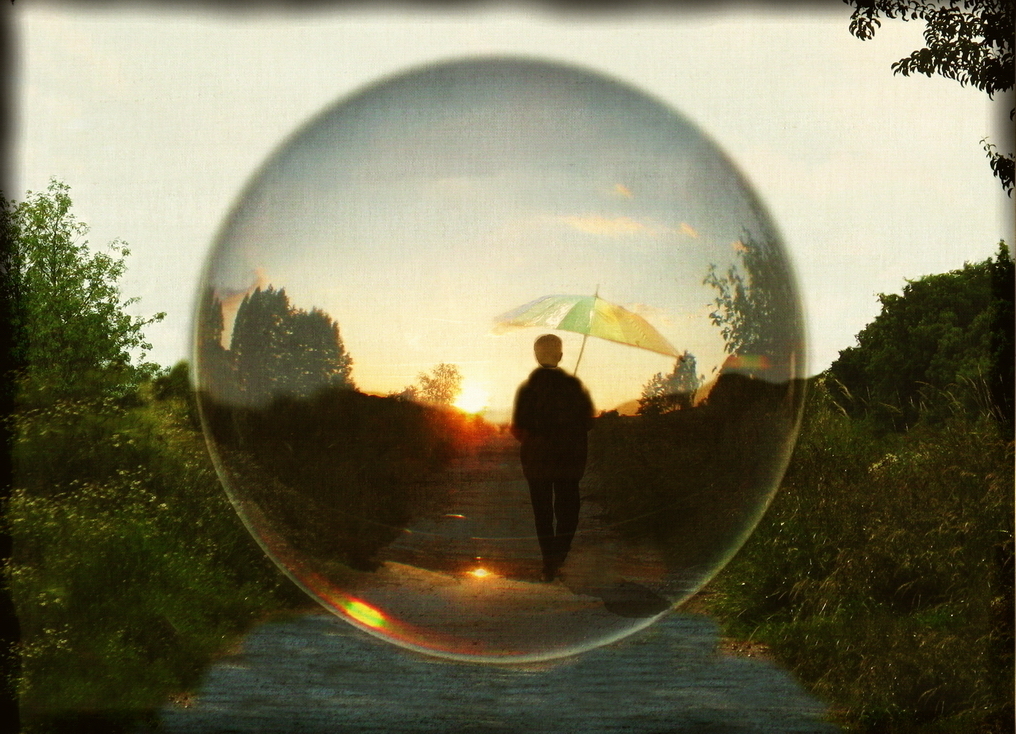
Last Friday I attended TechCrunch’s excellent Real Time CrunchUp in San Francisco. Real time web services are all the rage these days of course, and this conference brought together entrepreneurs, engineers, investors, and others to discuss the field and debate where it’s going.
Much of the focus was on location-based services and information “streams”. Since this is the area in which BlockChalk plays, the discussion was of personal interest to me. Companies like Twitter and Foursquare were in the spotlight, although newcomers like SimpleGeo, GeoAPI, and HotPotato attracted their share of well-deserved attention. Great products, smart people.
As I listened I heard some exciting predictions for the future: how one day soon we would all know where everyone is all the time; that people everywhere would share such information willingly and benefit from it greatly; and how this would fundamentally alter the way we interact as a society.
But something about all this didn’t feel quite right. There seemed to be an underlying assumption at play: that today’s location-based services show us the shape of things to come. And so it was that about halfway through the day I finally realized what was bothering me.
Everyone in the room was living in the geo bubble.
What’s the geo bubble? It’s a land populated by the early adopters of today’s location-based services. Inside the bubble, people’s online actions are primarily driven by social activity and personal reputation. This has many implications, but the one I want to address here is privacy: bubble-dwellers have a reduced expectation of it, because it gets in the way of the things they want to do.
Now, the bubble is a great place to live, and bubble-dwellers are perfectly nice folks. It’s not my intent to besmirch them (hell, I frequently visit the bubble myself). Instead, my intent is to point out that, by definition, there is a world outside the bubble. That’s where most people live, and yet as an industry we’ve barely scratched the surface of what can be done there.
Today’s hottest services are pitched directly at bubble-dwellers, and by all accounts they are popular, useful, and fun. But by linking your identity to your location and sharing this information broadly, many of these services largely ignore issues of personal privacy and security. As a result, there are a wide range of everyday social interactions and transactions to which they are ill suited — buying and selling goods and services, lodging anonymous complaints, reporting crimes, the list goes on. It also means that a large portion of the population may never feel comfortable using them.
Dave and I created BlockChalk in part because we believe that the world outside the bubble is every bit as interesting as (and larger than) the world inside. Bubble-based apps will undoubtedly continue to grow dramatically, and the bubble itself will grow as early adopter behavior trickles down to a broader audience. But in order for location-based services to truly reach the mainstream, we as product designers will need to get even smarter about the social assumptions that we are harnessing — or in some cases, undermining.
For BlockChalk, that means a focus on personal privacy. We’re building it from the ground up to be a location-based service for everyone, where the user is always in control of how much identity and location information they share. We’ve also made it aggressively hyper-local, with a strong focus on what’s going on in your neighborhood. We think this will encourage people to use BlockChalk for completely different purposes than systems like Twitter and Foursquare. We also think it will attract entirely new types of users to this space. And we’re already seeing both happening.
The world of location-based services is moving faster than ever, and the hottest products out there today are innovative and fun to use. But it would be a mistake for us to assume that today’s users are representative of the overall population, and that today’s products necessarily represent the shape of things to come.
The future is going to be different — and even bigger — than we expect.